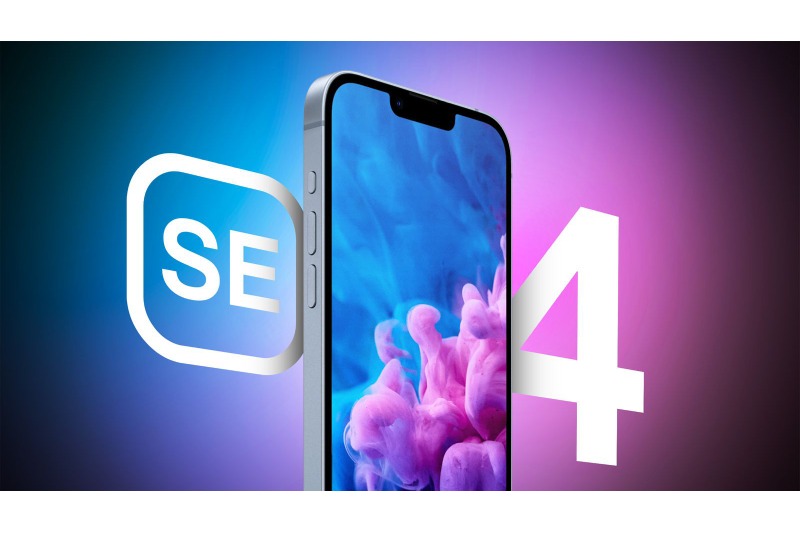Technology
OpenAI Integrates Google Drive with ChatGPT for Enhanced Functionality

Technology
Threads uses a more sophisticated search to compete with Bluesky
Technology
Apple’s own 5G modem-equipped iPhone SE 4 is “confirmed” to launch in March
Technology
Google is said to be discontinuing the Pixel Tablet 2 and may be leaving the market once more
-

 Technology4 weeks ago
Technology4 weeks agoThreads uses a more sophisticated search to compete with Bluesky
-

 Science4 weeks ago
Science4 weeks agoNASA postpones the next Artemis flights much more
-

 Business3 weeks ago
Business3 weeks agoThe OpenAI Startup Fund raises $44 million in its biggest-to-date SPV
-

 Sports3 weeks ago
Sports3 weeks ago49ers’ Playoff Chances Decline Despite Sunday’s Victory
-

 Business3 weeks ago
Business3 weeks ago10 Golden guidelines before making a crypto investment
-

 Lifestyle3 weeks ago
Lifestyle3 weeks ago10 Foods That Help Centenarians Achieve a Long, Healthy Life
-

 Health3 weeks ago
Health3 weeks agoNutrition and Its Role in Preventing Chronic Diseases
-

 Entertainment2 weeks ago
Entertainment2 weeks agoWicked Box Office Hits Global Milestone, Poised to Surpass Kung Fu Panda 4 and Godzilla x Kong














